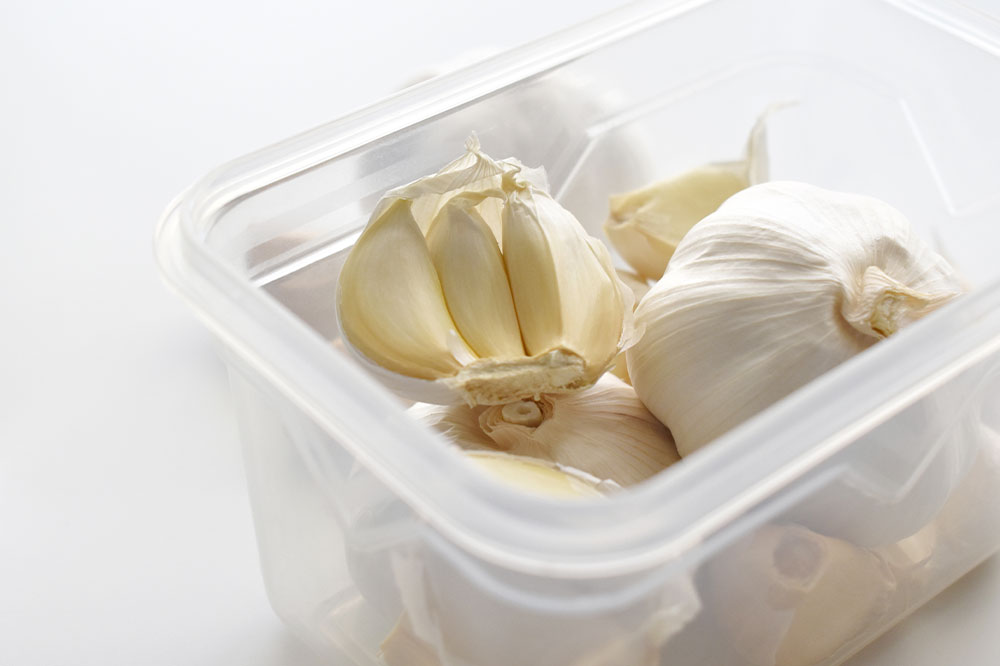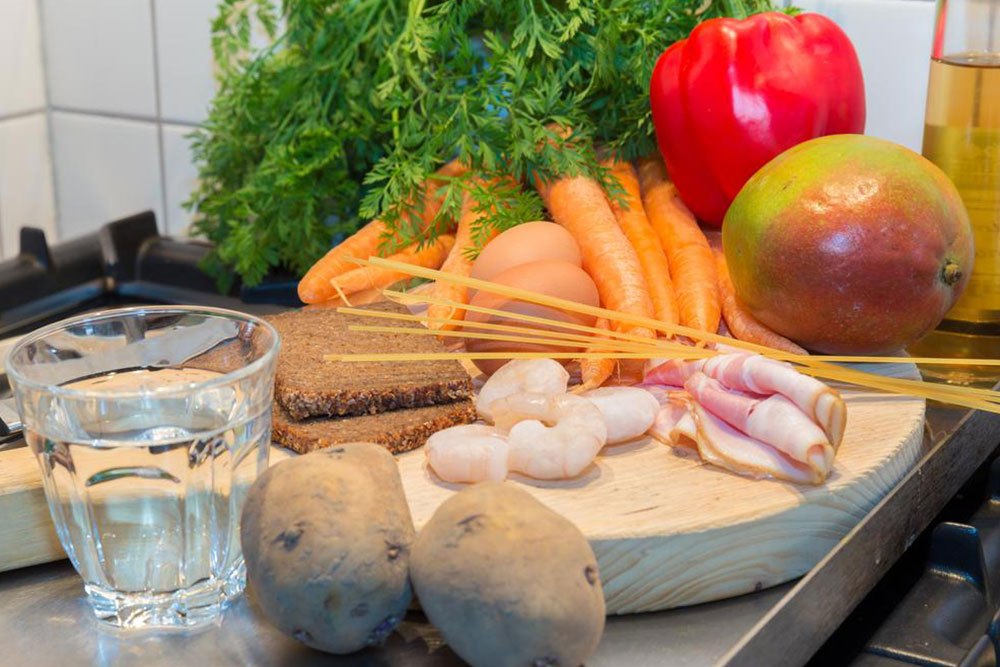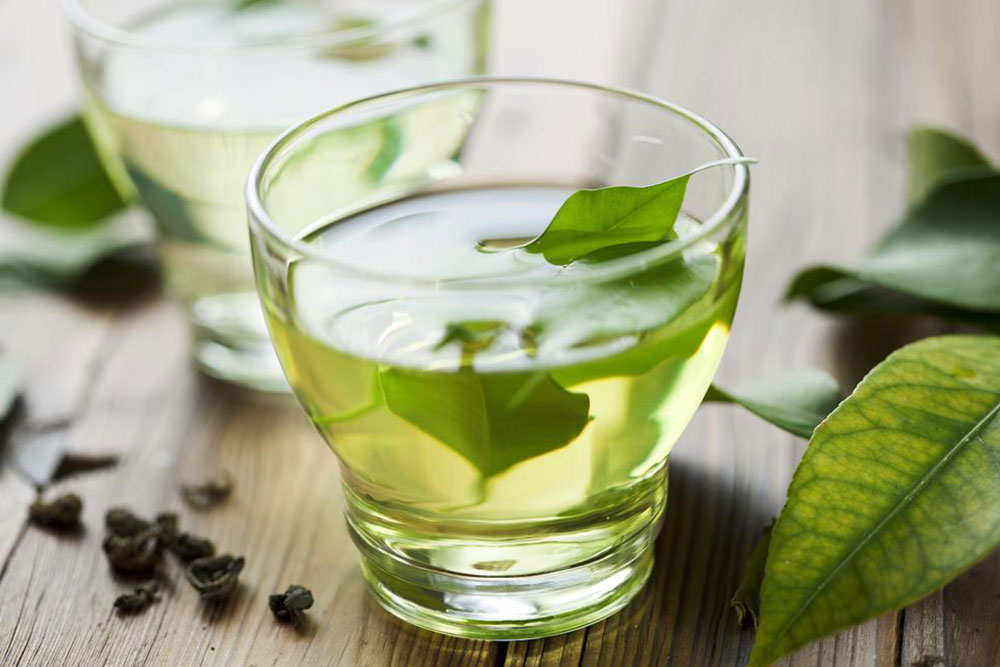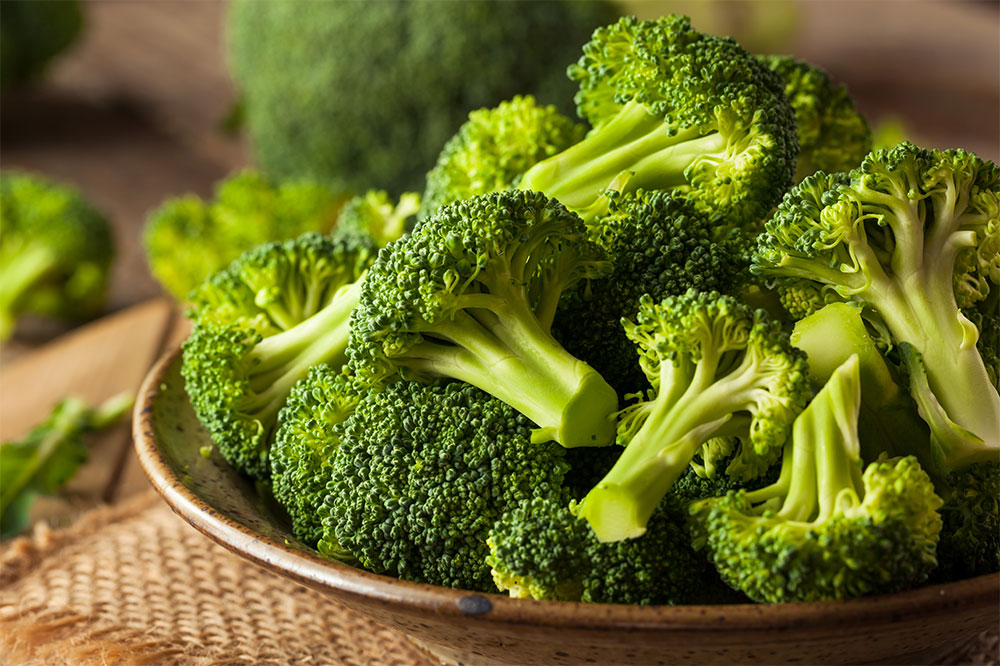Ultimate Guide to Fresh and Prolonged Garlic Storage for Optimal Flavor and Longevity
Learn comprehensive strategies for storing garlic effectively to keep it fresh, flavorful, and nutritious for longer periods. This detailed guide covers optimal storage environments, techniques for freezing and preserving garlic, and tips to maximize health benefits. Whether you’re a home cook or a professional chef, discover how proper storage can prevent spoilage, enhance flavor, and support your health with garlic's powerful properties. Keep garlic at its best all year round with expert tips for longevity and quality preservation.

Ultimate Guide to Fresh and Prolonged Garlic Storage for Optimal Flavor and Longevity
Garlic is an indispensable ingredient cherished worldwide for its pungent aroma and unique flavor profile. It is widely used in various cuisines to enhance taste and aroma, contributing not only to the flavor but also offering numerous health benefits. Proper storage of garlic is crucial to preserve its freshness, prevent spoilage, and maintain its potency over time. Many home cooks and professional chefs face the challenge of keeping garlic fresh while avoiding common issues like sprouting, mold, and flavor loss. This comprehensive guide offers detailed strategies and expert tips on how to store garlic effectively, ensuring it remains flavorful, healthy, and ready for culinary use for extended periods.
Effective Methods for Storing Garlic
Proper garlic storage is all about creating an environment that is dry, cool, and well-ventilated. Light, moisture, and heat are the primary factors that accelerate spoilage and sprouting, so controlling these elements is essential. Whether you have a small garlic stash or a large supply for commercial purposes, understanding the best storage techniques will help you preserve garlic's quality and extend its shelf life.
Here are the most effective and widely recommended tips for storing garlic to maintain its freshness and flavor:
Store in a cool, dry place: The pantry, cellar, or a dark cupboard away from direct sunlight and heat sources are ideal. Keeping garlic in a stable, cool environment helps prevent sprouting and decay, especially in temperatures below 20°C (68°F). Ensure the storage area is free from moisture, as dampness promotes mold growth and reduces shelf life.
Choose breathable containers: Use mesh bags, wire baskets, or wicker baskets for storing garlic. These materials allow air circulation, reducing humidity accumulation around the bulbs. Proper ventilation prevents mold development and keeps garlic dry, which is vital for long-term storage.
Avoid refrigeration: Although refrigeration might seem like an obvious choice for preservation, storing garlic in the fridge is generally discouraged unless the garlic is peeled or chopped. The humid environment inside refrigerators can cause garlic to sprout prematurely or develop mold. Additionally, cold temperatures can alter garlic’s flavor and texture.
Preserve peeled or chopped garlic in oil: For short-term storage, peeled or sliced garlic can be submerged in olive oil in airtight glass jars. This method helps retain flavor and adds a delicious infusion to the oil, perfect for cooking. However, it is critical to refrigerate the oil-garlic mixture and consume it within a week or two to prevent botulism risks.
Freeze garlic for extended preservation: Whole bulbs, cloves, or chopped garlic can be frozen in airtight containers or resealable bags. Freezing preserves garlic for several months, retaining much of its flavor and nutritional properties. When needed, simply take out the required amount, avoiding repeated thawing and refreezing that can degrade quality.
By implementing these storage techniques, you ensure that your garlic remains fresh, flavorful, and functional, preserving its health benefits and culinary versatility over time.
Advantages of Proper Garlic Storage
Extended shelf life: Prevents rapid spoilage caused by exposure to moisture, light, or heat, allowing garlic to be stored for months without significant quality loss.
Convenience in cooking preparation: Pre-peeled or chopped garlic stored properly can significantly reduce preparation time during busy cooking sessions.
Enhanced flavors and health benefits: Preservation methods such as pickling or infusing garlic in oil not only prolong freshness but also deepen flavor profiles, enriching dishes with complex aroma and taste. Additionally, maintaining garlic’s potent compounds ensures its health-promoting properties are retained.
Dietary and health advantages: Consistent consumption of well-preserved garlic ensures you can enjoy its immune-boosting, anti-inflammatory, and cardiovascular benefits throughout the year, supporting overall health and wellness.
How Freezing Garlic Enhances Its Utility
Freezing garlic stands out as one of the most practical and effective preservation methods. It allows home cooks and professional chefs to keep garlic on hand without compromising flavor or nutritional content. When frozen, garlic cloves retain their pungency and health benefits, making them convenient to add directly to dishes without thawing entirely. This method also prevents waste, especially during peak harvest seasons when garlic bulbs are abundant.
To freeze garlic properly, peel the bulbs or cloves, place them into airtight containers or freezer bags, and remove as much air as possible before sealing. Label the packages with dates to keep track of freshness. Frozen garlic can be used directly in cooking, often reducing cooking time since it can be added from frozen. The texture might change slightly, but flavor remains largely unaffected, offering an easy solution for long-term storage.
Health Benefits Derived from Properly Stored Garlic
Garlic is renowned not only for its culinary appeal but also for its numerous health benefits, which are maximized when stored and used properly. Essential compounds like allicin, sulfur compounds, and antioxidants maintain their potency when garlic is kept in suitable conditions. Proper storage techniques ensure these compounds don’t degrade prematurely, allowing consumers to benefit from garlic’s full medicinal potential throughout the year.
Immune system support: Regular intake of garlic boosts immunity owing to its antiviral, antibacterial, and antifungal properties, helping fend off infections.
Anti-inflammatory properties: Sulfur compounds in garlic reduce systemic inflammation, which is linked to chronic illnesses such as arthritis and cardiovascular diseases.
Blood pressure regulation: Consuming garlic has been shown to help lower hypertension and improve overall cardiovascular health.
Cholesterol management: Studies indicate that garlic can lower bad LDL cholesterol and raise good HDL cholesterol, promoting heart health.
Cancer risk reduction: Epidemiological studies suggest a protective effect against certain types of cancers, including stomach and colon cancers, with regular garlic consumption.
Digestive and gut health: Garlic’s prebiotic effects support beneficial gut bacteria and improve digestion, contributing to overall gastrointestinal health.
In conclusion, mastering the art of garlic storage is key to unlocking its full culinary and health potential. By following the recommended techniques, you not only extend its usability but also ensure that every dish you prepare benefits from its rich flavor and health-boosting properties. Proper storage methods make garlic a sustainable, long-term staple in your kitchen, ready to elevate your cooking and support your well-being throughout the year.




